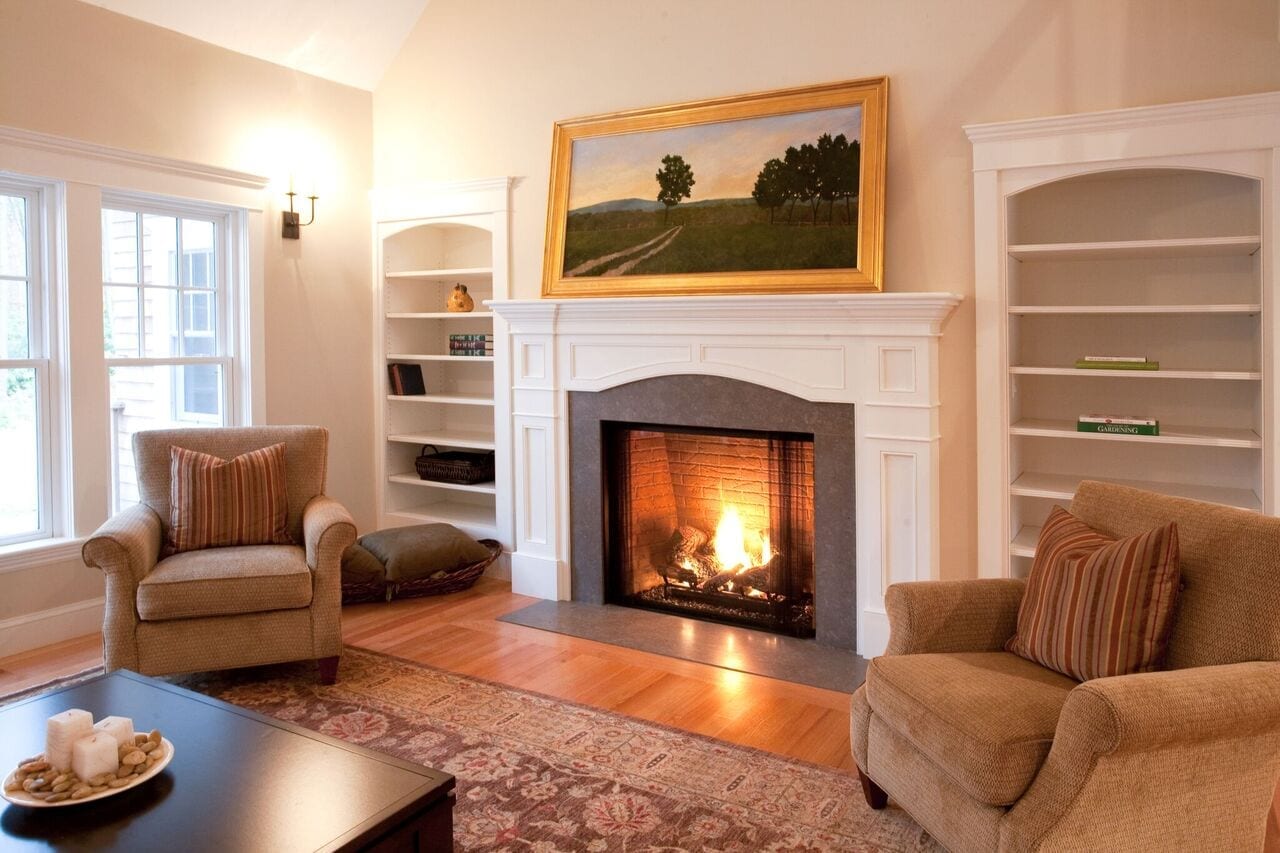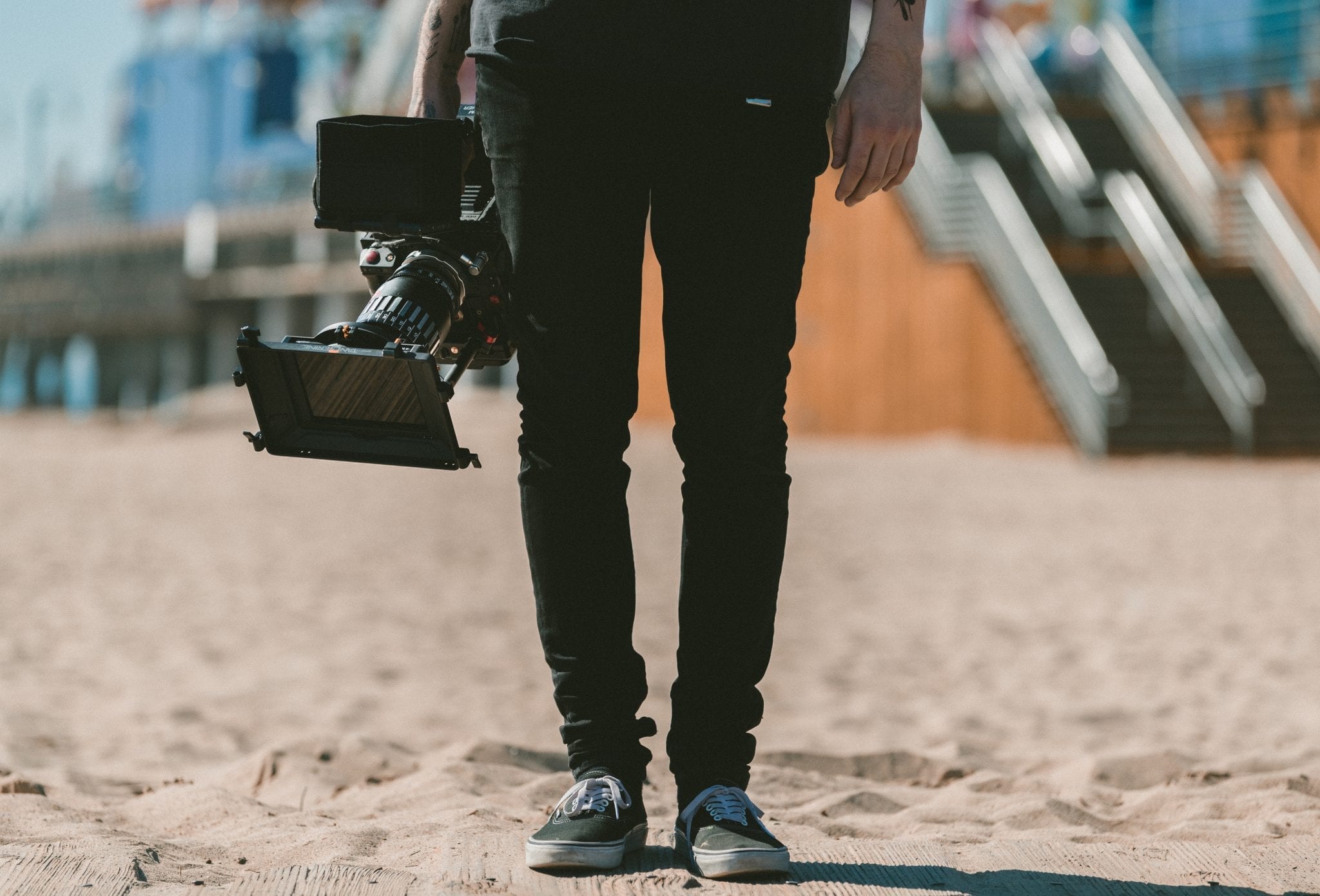On this episode of The Edge of Innovation, we are talking with interior designer, Amanda Greaves of Amanda Greaves and Company, about the competitive world of interior design.

Hacking the Future of Business!

On this episode of The Edge of Innovation, we are talking with interior designer, Amanda Greaves of Amanda Greaves and Company, about the competitive world of interior design.

Today on the Edge of Innovation, we are talking with Benjamin Nutter from Benjamin Nutter Architects, an architectural firm based in Topsfield, Massachusetts, about technology and how it’s changing the architectural field.

Today on the Edge of Innovation, we are talking with Brian Gravel about Media Technology and working with video.

Today on the Edge of Innovation, we are talking with Brian Gravel about Media Technology.

Today on the Edge of Innovation, we talk about what it means to be anonymous, and discuss whether or not it is an illusion.